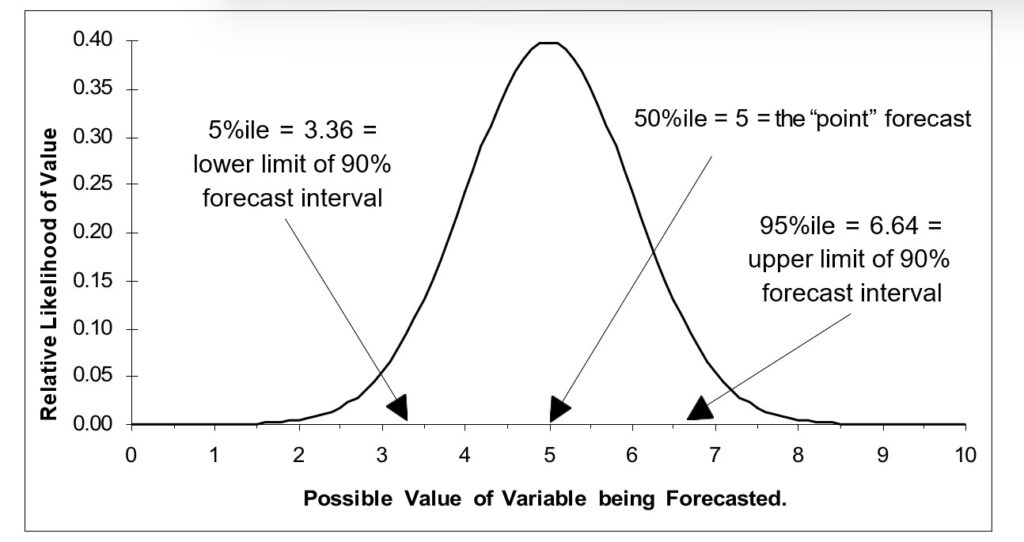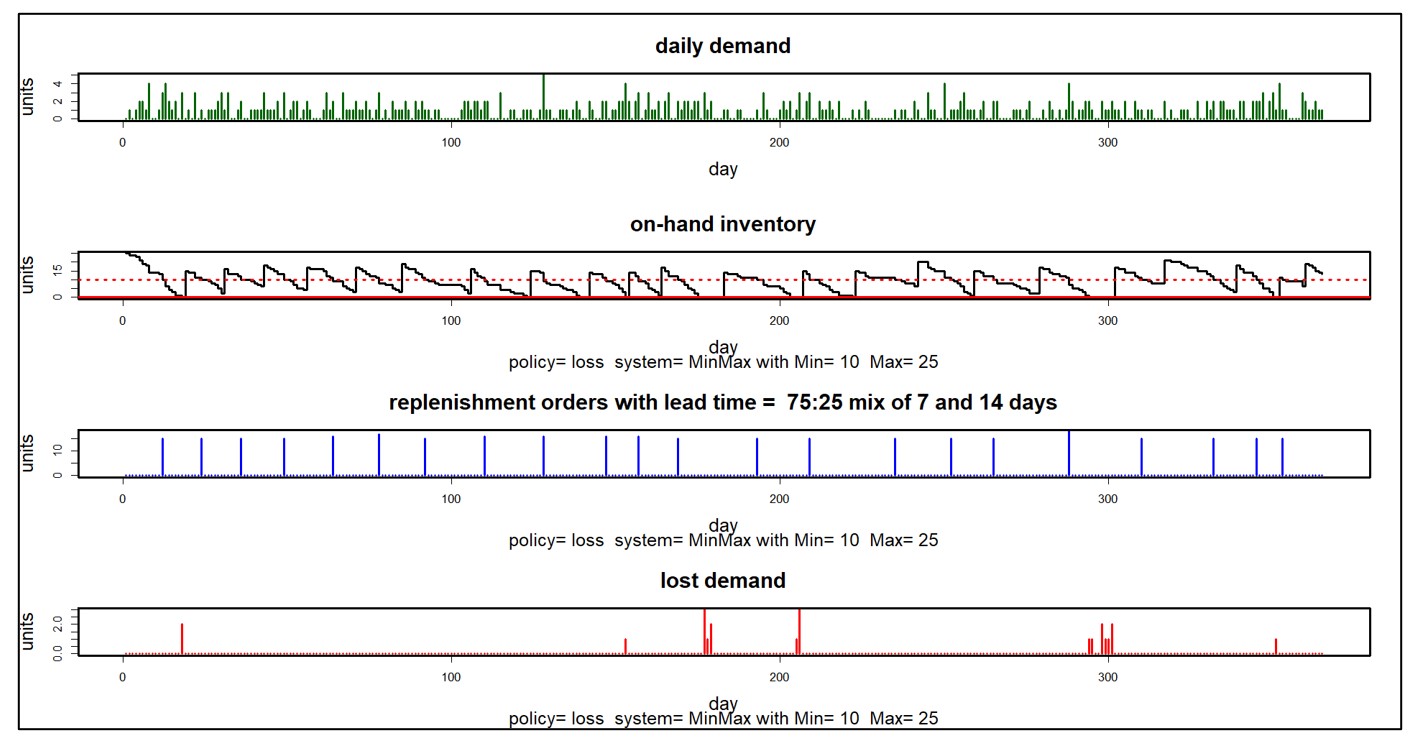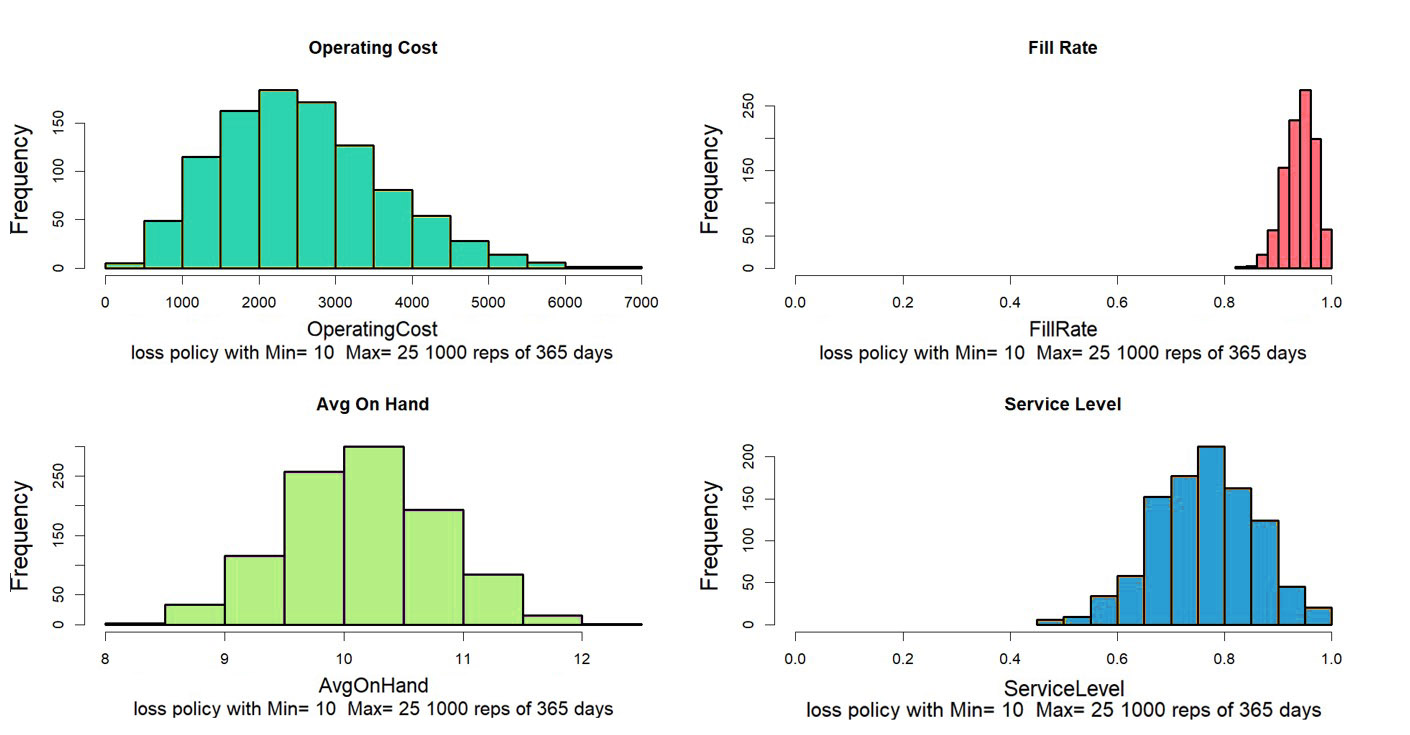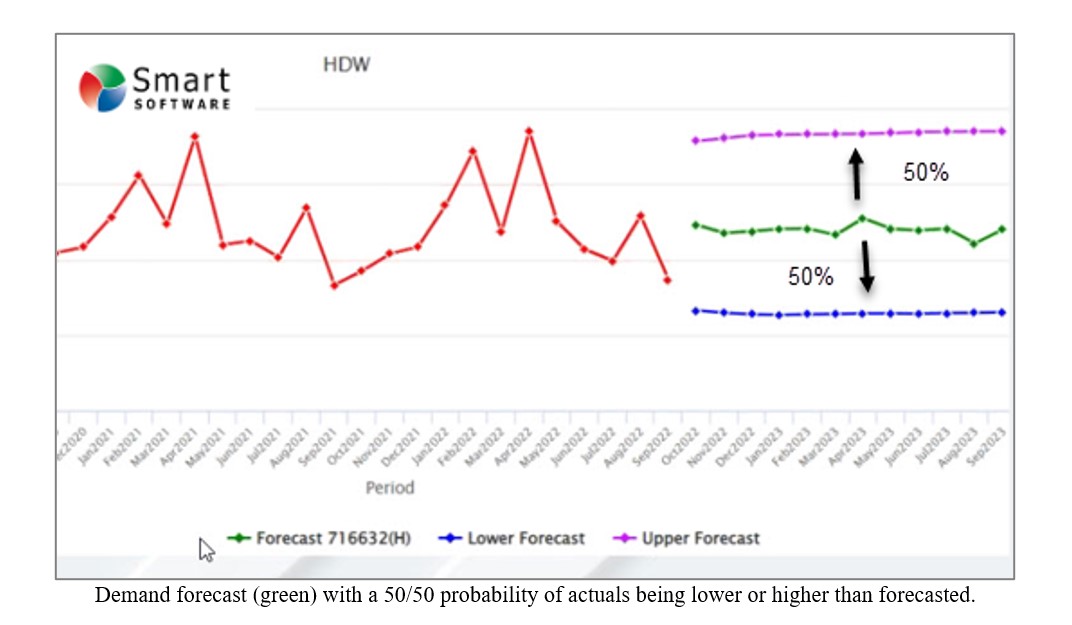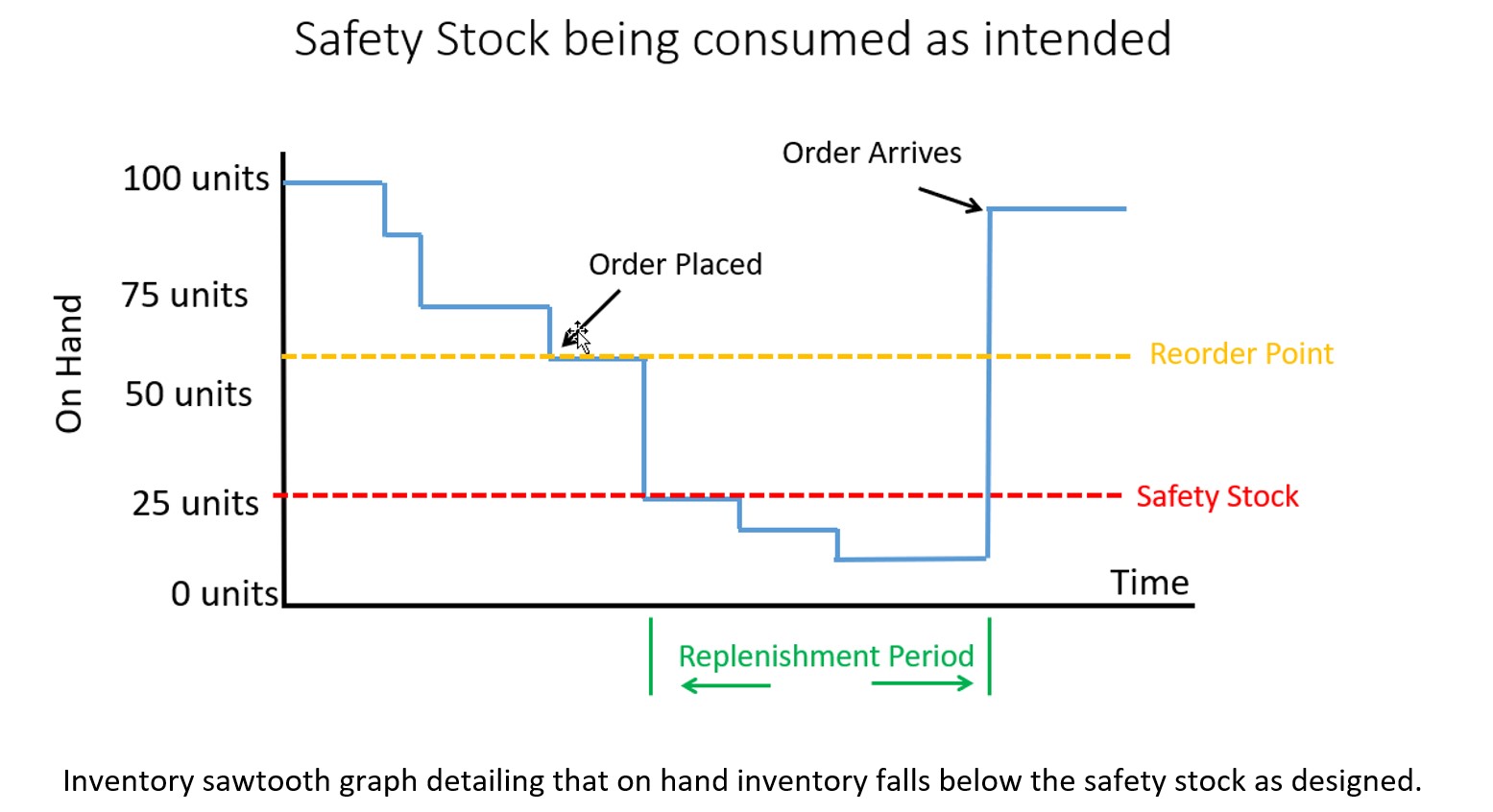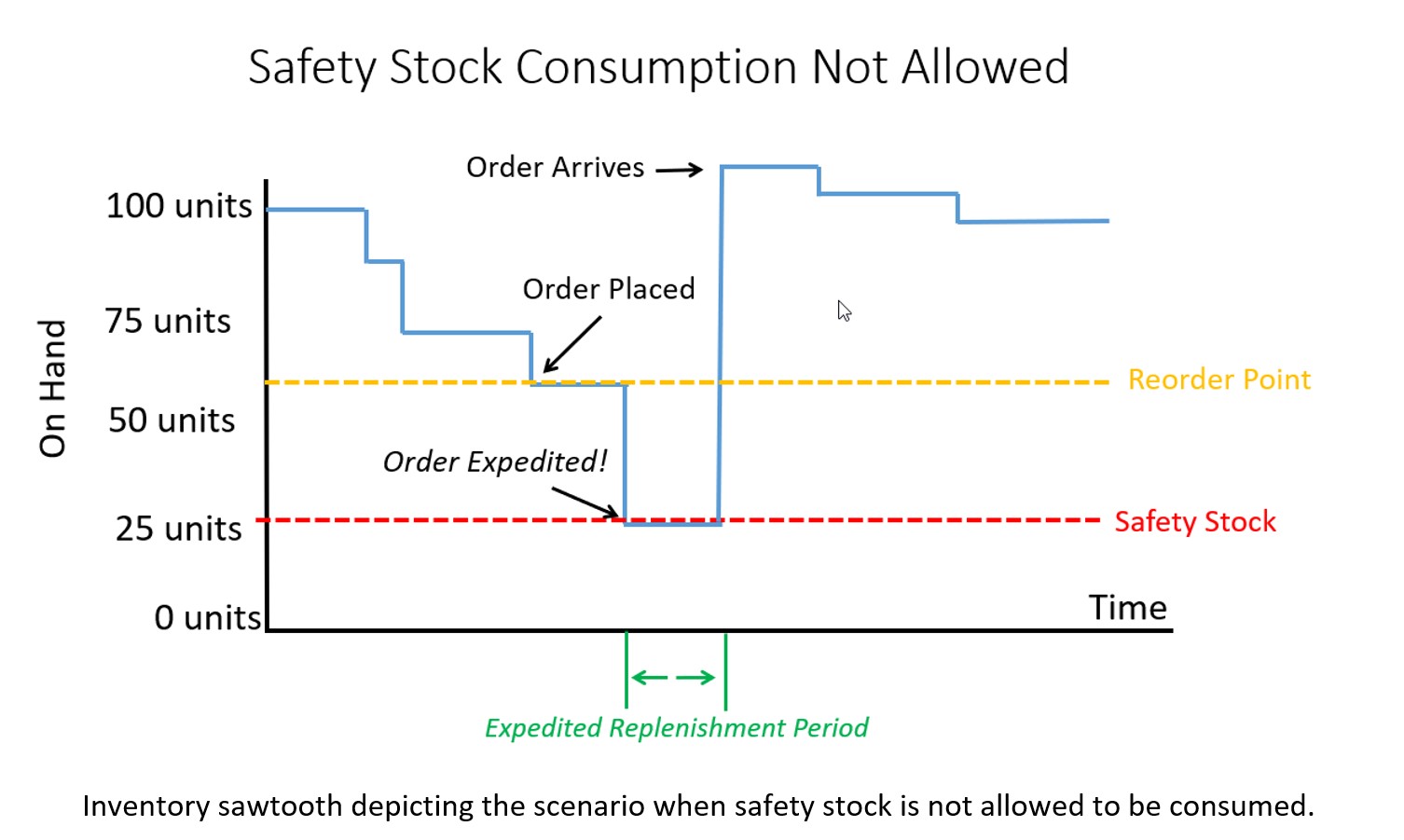Automatic forecasting is the most popular and most used feature of SmartForecasts and Smart Demand Planner. Creating Automatic forecasts is easy. But, the simplicity of Automatic Forecasting masks a powerful interaction of a number of highly effective methods of forecasting. In this blog, we discuss some of the theory behind this core feature. We focus on Automatic forecasting, in part because of its popularity and in part because many other forecasting methods produce similar outputs. Knowledge of Automatic forecasting immediately carries over to Simple Moving Average, Linear Moving Average, Single Exponential Smoothing, Double Exponential Smoothing, Winters’ Exponential Smoothing, and Promo forecasting.
Forecasting tournament
Automatic forecasting works by conducting a tournament among a set of competing methods. Because personal computers and cloud computing are fast, and because we have coded very efficient algorithms into the SmartForecasts’ Automatic forecasting engine, it is practical to take a purely empirical approach to deciding which extrapolative forecasting method to use. This means that you can afford to try out a number of approaches and then retain the one that does best at forecasting the particular data series at hand. SmartForecasts fully automates this process for you by trying the different forecasting methods in a simulated forecasting tournament. The winner of the tournament is the method that comes closest to predicting new data values from old. Accuracy is measured by average absolute error (that is, the average error, ignoring any minus signs). The average is computed over a set of forecasts, each using a portion of the data, in a process known as sliding simulation.
Sliding simulation
The sliding simulation sweeps repeatedly through ever-longer portions of the historical data, in each case forecasting ahead the desired number of periods in your forecast horizon. Suppose there are 36 historical data values and you need to forecast six periods ahead. Imagine that you want to assess the forecast accuracy of some particular method, say a moving average of four observations, on the data series at hand.
At one point in the sliding simulation, the first 24 points (only) are used to forecast the 25th through 30th historical data values, which we temporarily regard as unknown. We say that points 25-30 are “held out” of the analysis. Computing the absolute values of the differences between the six forecasts and the corresponding actual historical values provides one instance each of a 1-step, 2-step, 3-step, 4-step, 5-step, and 6-step ahead absolute forecast error. Repeating this process using the first 25 points provides more instances of 1-step, 2-step, 3-step ahead errors, and so on. The average over all of the absolute error estimates obtained this way provides a single-number summary of accuracy.
Methods used in Automatic forecasting
Normally, there are six extrapolative forecasting methods competing in the Automatic forecasting tournament:
- Simple moving average
- Linear moving average
- Single exponential smoothing
- Double exponential smoothing
- Additive version of Winters’ exponential smoothing
- Multiplicative version of Winters’ exponential smoothing
The latter two methods are appropriate for seasonal series; however, they are automatically excluded from the tournament if there are fewer than two full seasonal cycles of data (for example, fewer than 24 periods of monthly data or eight periods of quarterly data).
These six classical, smoothing-based methods have proven themselves to be easy to understand, easy to compute and accurate. You can exclude any of these methods from the tournament if you have a preference for some of the competitors and not others.


